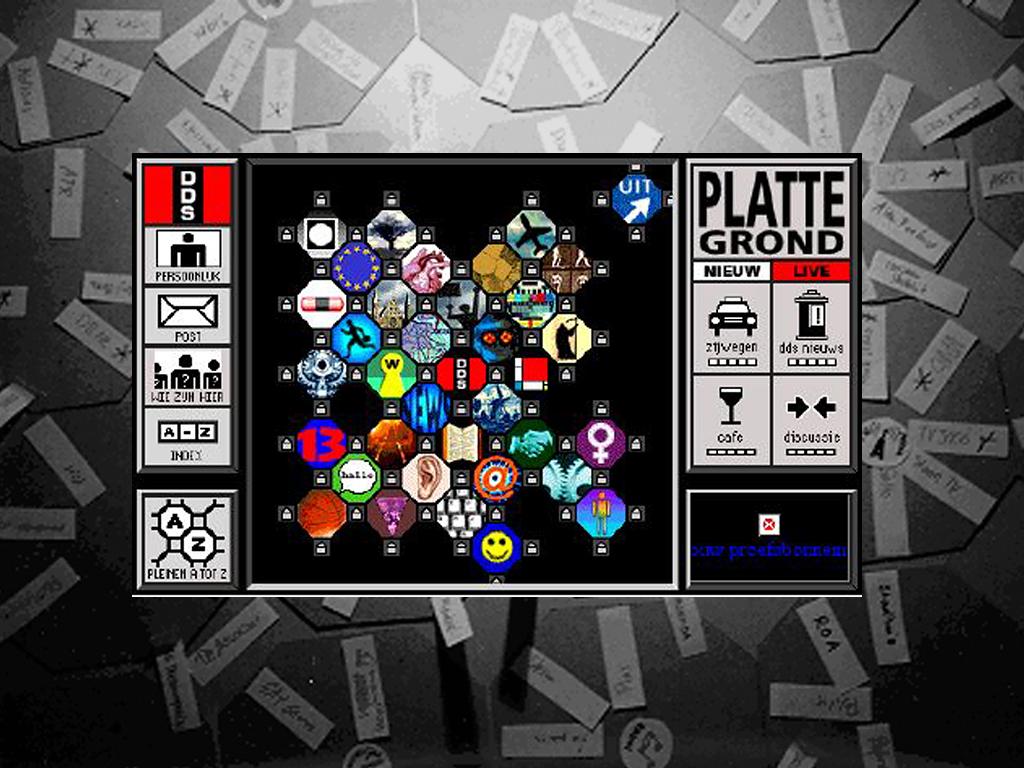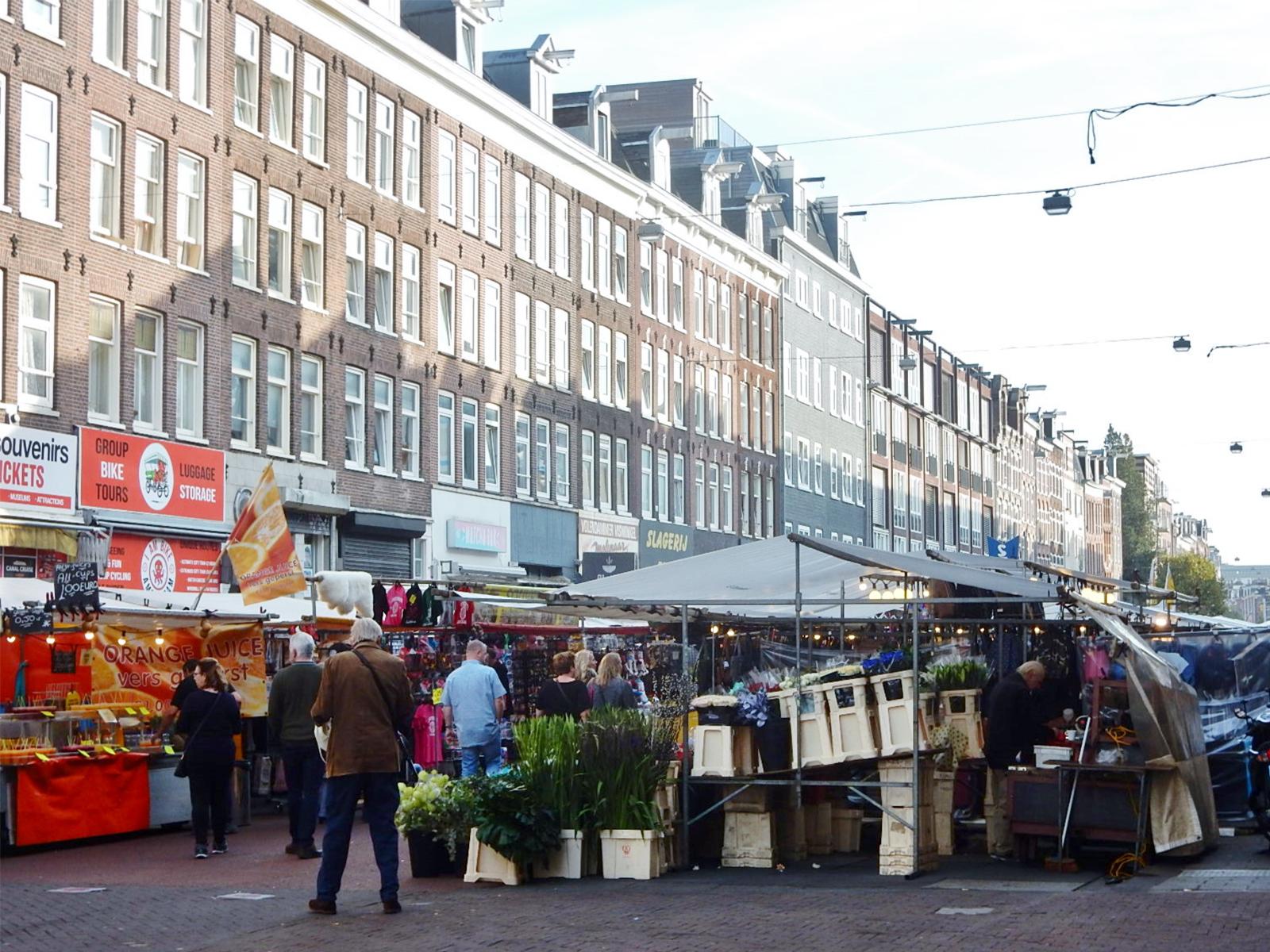It is not that long ago that a new public domain was discovered. In 1993 the internet was a black screen with a blinking cursor that only divulged its secrets if you typed in Unix codes. With O’Reilly’s Unix books by my side, I discovered the endless possibilities this new territory offered. At that time we all searched for metaphors that could help to explain this new area. Those who wanted to emphasize the speed of exchanging data called it the 'electronic highway'; adventurers who saw it as a universe filled with planets and galaxies named it Cyberspace. With a group of people we chose for the metaphor of the city and built the first Digital City, or De Digitale Stad (DDS) as we say in Dutch. We created an additional public domain. Public Domain 2.0.
We chose the metaphor of the city not as a mirror of a geographical city, as it is often used now, but because this metaphor included the diversity of interactions we envisaged. It enabled us to play with the characteristics of private and public spaces and to establish a pluralist society of citizens and users. Both individuals and groups, professionals and amateurs, citizens and politicians, controlled and open. We were fully aware of the potential of this virgin territory on a branch to be cultivated and felt responsible for its open and public character. It is not an accident that the Digital City was built by the 80s generation. A generation that was used to take matters in their own hands and who had shown initiatives that created a public domain in the ether, for example, with pirate TV and radio stations. And of course by occupying empty buildings and starting independent chains of production and infrastructures. All fashionable terms now, applied then. The start of a public internet was a DIY movement, a maker movement avant la lettre. Co-creation was the norm. The public aspect of the internet is a beautiful legacy of the No Future generation.
FAQ
The euphoria of the endless possibilities and the public character of the internet did not last long. In 1997 the necessity rose to defend the newly discovered public domain against forces that tried to limit the openness. DDS was already involved in several lawsuits around copyright infringement, freedom of expression and distribution of child pornography. The judges were at a loss and the cases were dismissed, but the first signs of the long dispute about the open aspects of the internet were clear. During the Documenta X exhibition in Kassel, Waag presented the 'We want Bandwidth' campaign; we also wrote a FAQ about the Public Domain 2.0, which celebrated this newly discovered public domain and tried to ensure that the internet remained an open place.
We are the cursor
The battle for the public domain in the internet is still unresolved and requires our full attention. But there is a new frontier. Technology has transformed our physical space: Internet of Things, RFID, sensors and advanced mobile technology. It now occupies the streets, our homes, our shops, our transport systems. We live in the time of 'interreality', of mixed reality – there is interference between the programmed and the physical space. Only the mechanisms are no longer visible, you cannot observe what is happening. We need to determine what to do with this dimension of measurable things around us. It even affects the notion of our bodies and the notion of the self. The blinking cursor is not longer outside of us. We are the cursor. It is internalised, as it were — as a third, additional domain.
Nowadays, these three notions of public domain coexists: the public domain in the physical space, the public domain in cyberspace and the third emerging public domain that extends cyberspace into the physical space. Lets call this the coded space.
Technology is an invisible force in our lives. Algorithms and code have become more prescriptive than the law. And that brings us to the awkward situation that, while there is a lively debate about the interpretation of the law, we lack the ability to discuss the meaning of technology. To safeguard the public domain in all three dimensions we have to develop a common language. A language that enables us to discuss the ethics and politics of technology and the requirements for an open and inclusive society.
This article is part of the publication 'Digital Public Space', developed by FutureEverything working with Bill Thompson of the BBC and in association with The Creative Exchange. Editors: Drew Hemment, Bill Thompson, José Luis de Vicente, Professor Rachel Cooper. Publisher: FutureEverything, 2013.

